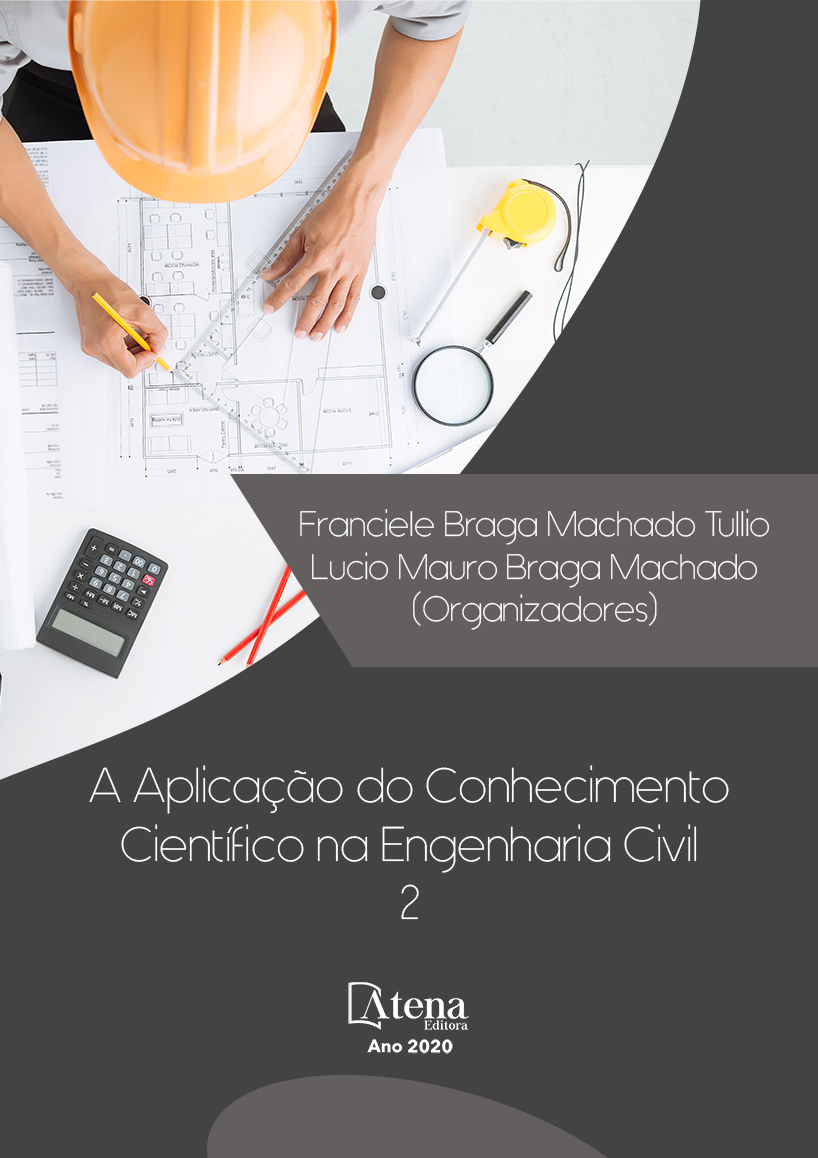
ESTUDO DA DOSAGEM DE CONCRETO AUTOADENSÁVEL REFORÇADO COM FIBRAS ADOTANDO O MÉTODO DO EMPACOTAMENTO COMPRESSÍVEL (MEC)
O concreto autoadensável reforçado com fibras (CAARF) é uma inovação que reúne as vantagens do concreto autoadensável e do concreto reforçado com fibras, que podem atuar em dois problemas do concreto convencional, melhorando a concretagem e eliminando a necessidade de vibrações com sua alta trabalhabilidade, além de aumentar a ductilidade e tenacidade do concreto devido à inclusão da fibra. Este material pode ser usado em estruturas com altas taxas de reforço, permitindo uma concretagem mais eficiente e, ao mesmo tempo, reduzindo a taxa de reforço. Existem várias maneiras de se dosar um concreto autoadensável, sendo uma das mais precisas a abordagem proposta por De Larrard (1999), o Método do Empacotamento Compressível. Este método baseia-se na solução do empacotamento de misturas secas em todos os componentes utilizados na dosagem do concreto. No entanto, os estudos de dosagem do CAARF usando o MEC ainda são incipientes. Há tentativas de considerar o efeito da fibra no concreto proposto por De Larrard (1999) e por Yu et al. (1993). De Larrard (1999) avalia o efeito das fibras considerando uma zona perturbada que elas podem gerar na mistura, enquanto Yu et al. (1993) simula o efeito das fibras através do conceito de diâmetro equivalente. Os resultados apontaram que as duas abordagens podem ser utilizadas para dosagens do CAARF, entretanto, para volumes de fibras maiores que 2%, a abordagem que apresentou mais indicada é a proposta por YU et al. (1993).
ESTUDO DA DOSAGEM DE CONCRETO AUTOADENSÁVEL REFORÇADO COM FIBRAS ADOTANDO O MÉTODO DO EMPACOTAMENTO COMPRESSÍVEL (MEC)
-
DOI: 10.22533/at.ed.70120090721
-
Palavras-chave: Concreto reforçado com fibras, Método de empacotamento compressível, concreto autoadensável, Concreto Autoadensável reforçado com fibras.
-
Keywords: Fiber reinforced self-compacting concrete, method of compressible packaging, fiber reinforced self-compacting concrete,
-
Abstract:
The Fiber reinforced self-compacting concrete is an innovation that brings together the advantages of self-compacting concrete and stee fiber reinforced concrete, which can act on two problems of conventional concrete, improving the concreting step by eliminating the need for vibration due to its high workability, in addition to increasing the ductility and toughness of the concrete due to the inclusion of the fiber. This material can be used in structures with high reinforcement rates, enabling a more efficient concreting and at the same time reducing the reinforcement rate. There are several ways to measure a self-compacting concrete, one of the most precise being the approach proposed by De Larrard (1999), the concrete mixture proportioning. This method is based on solving the packaging of dry mixtures in all components used in the dosing of the concrete. However, SCCFR dosing studies using the MEC are still incipient. There are attempts to consider the effect of fibre on the concrete proposed by De Larrard (1999) and by Yu et al. (1993). De Larrard (1999) assesses the effect of fibers by considering a disturbed zone that they can generate in the blend, while Yu et al. (1993) simulates the effect of fibres through the concept of equivalent diameter. The results indicated that the two approaches can be used for SFRSCC mixes, however, for volumes of fibers greater than 2%, the most indicated approach is the one proposed by YU et al. (1993).
-
Número de páginas: 15
- Matheus Galvão Cardoso


